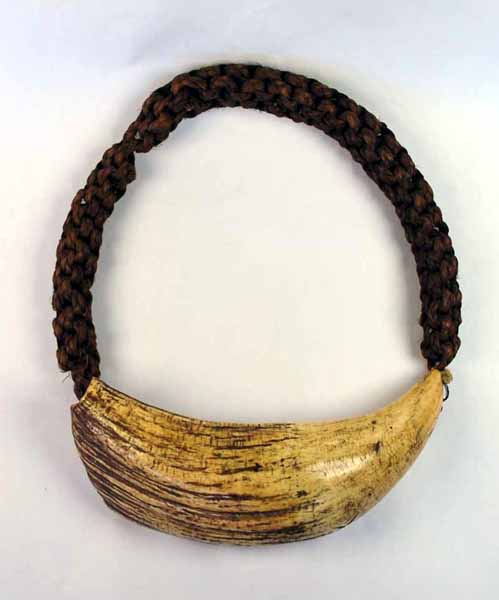Learn about antiques and collectables...
Click on a category below to show all the entries for that category.
Learn about and understand the items, manufacturers, designers and periods as well as the specialist terms used in describing antiques and collectables. Either click one of the letters below to list the items beginning with that letter, or click on a category on the left side of the screen to list the items under that category.
Captain Cook Period
As applied to New Zealand Maori artifacts, the artefact dates from the 1760s to the 1790s
Contact Period
As applied to New Zealand Maori artifacts, the artefact dates from the 1790s to the 1840s
Maori Artifacts - Important Notice
There are a diverse collection of objects that represent the
culture and history of the Maori people of New Zealand. These artefacts vary in
type, style, and function, and include the following:
Weapons: Maori weapons were traditionally made from wood,
bone, and stone, and included clubs, spears, and weapons with serrated edges,
such as the patu and mere.
Carvings: Maori carvings are highly symbolic and often
depict stories and legends from Maori mythology. These carvings can be found on
buildings, canoes, and other objects, and are often intricately detailed.
Jewellery: Maori jewellery often features intricate designs
and is made from materials such as bone, stone, and shell. Pendants, earrings,
and bracelets are all common forms of Maori jewellery.
Taonga puoro (musical instruments): These are traditional
Maori musical instruments, such as the p?t?tara (conch shell trumpet) and the
k?auau (flute). Maori music is an important part of the culture and these
instruments play a vital role in traditional Maori ceremonies and performances.
Clothing: Maori clothing traditionally includes woven flax
garments, such as the piupiu (a skirt made from flax), as well as cloaks made
from feathers or animal skins.
Waka (canoes): Maori were skilled boat builders and waka
were an important part of Maori culture, used for transport, fishing, and
warfare. Maori waka can be found in a variety of sizes and styles.
Maori artifacts - Important Notice
These collectors have a ‘registered number’. Y numbered artefacts cannot leave the country without written permission from the Ministry for Culture & Heritage. Those who are not registered collectors, and usually reside in New Zealand, can apply to the Ministry for Culture and Heritage to become one.
There are no restrictions on the purchase of Maori items that have no Y number or Pacific Island or other artefacts from around the world.
As this site is a price guide, and does not offer items for sale, the Y numbers applicable to any items on this site are not displayed..
Pre-European
As applied to New Zealand Maori artifacts, the artifact dates to before Captain Cook (1760s and earlier)
Tabua
A tabua is a sacred object in Fijian society. For the last 150 years they have been made from a whale’s tooth, but prior to this were made from highly polished timber.
Ceremonial tabua have holes drilled through the tip and the butt of the tooth, through which a braided cord, made from sennit (plaited strands of dry fibre or grass) is attached.
To make tabua, the whale teeth are polished and sometimes rubbed with coconut oil and turmeric to darken them. In some cases the teeth are smoked in a small tent-like structure covered in bark cloth to turn them a rich tobacco colour.
The giving of a tabua is seen as gesture of goodwill, respect or loyalty from the persons presenting it, and a ceremonial ritual is always carried out during the presentation. It is often presented at ceremonies associated with births, deaths, marriages, the naming of a child, and also the condoning of the violation of traditional Fijian law.
When the whalers first visited Fiji, they brought ashore whale’s teeth to use for trading purposes. They were of a similar shape and size to the wooden tabua that were in use at the time, and so the whale's tooth was adopted as the material for tabua.
It is against the laws of Fiji to export a tabua without the written permission of the Ministry of Fijian Affairs.
